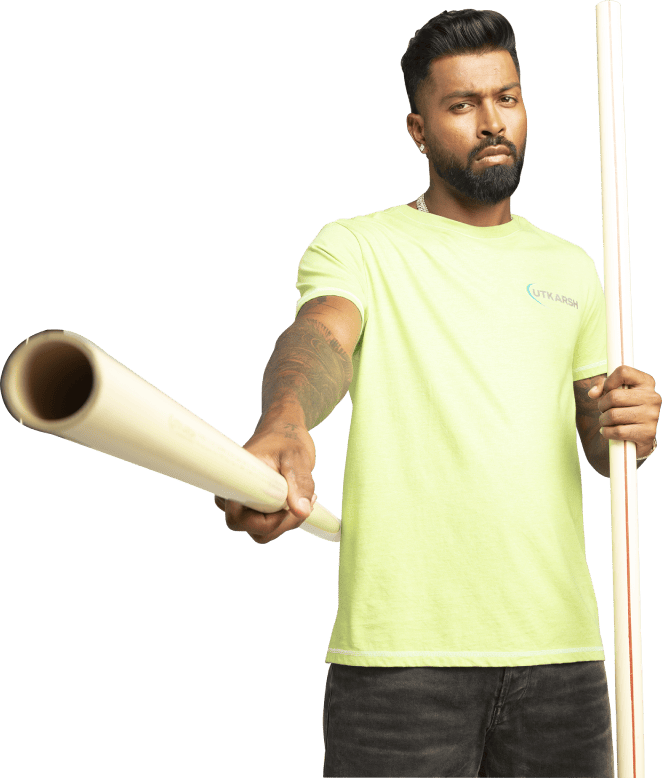How Are PVC Pipe Fittings Made?

PVC as a material
Also known as PolyvinylChloride, PVC is one of the most common thermoplastic polymers used all over the world. It is naturally white and very fragile plastic before the addition of plasticizers. PVC is generally produced in two forms a rigid or unplasticized polymer and another as a flexible plastic. Industries such as plumbing, water supply, sewage, and agriculture utilize rigid PVC across different functions. Flexible PVC is commonly used for construction purposes to provide insulation on electrical wires or in flooring for homes, hospitals, schools, and in other sterile areas where the environment is a priority.
Characteristics of PVC
Some of the significant properties of PVC are:
- Density - PVC has a specific gravity of around 1.4 and is considered to be the densest plastic.
- Economics – PVC is cheap and readily available in the markets.
- Strength – PVC possesses excellent ductile strength.
- Hardness – PVC in rigid form grades well for hardness and durability
PVC pipes are one of the most universal and versatile types of plastic piping, serving a multitude of applications in various market sectors all around the world. PVC pipes are extremely strong and durable when compared with other piping materials and also prevent corrosion which makes them the ultimate choice for water supply and a manifest for the sewer system in big cities around the world. Economical and robust, these pipes come in various sizes with a wide range of available pipe fittings that are used for both warm and cold-water applications conditional to different types of PVCvariants.
How are PVC Pipes made?
PVC pipes are made by extrusion of raw material PVC, and thereby following the same step of typical pipe extrusion the process mentioned below :
- Feeding of raw material tablets / powdered into the PVC twin screw extruder.
- Melting and heating in numerous extruder zones.
- Extruding further to shape into a pipe.
- Cooling the shaped pipe.
- Finally, cutting the PVC pipes to the desired length.
These are a similar manufacturing procedure for most plastic piping; however, PVC pipes have fundamental features that possess additional characteristics and challenges to pipe manufacturers both in terms of production and market positioning of their products.
Related: Highlighting The Difference Between CPVC and UPVC Pipes
PVC fittings are made from a material known as Polyvinyl Chloride. PVC fittings are manufactured by heating plastic pitches and the molten pitches are set to create desired shapes and sizes. The PVC fittings and pipes are widely used for various reasons like irrigation purposes, building, construction, water supply, sewage management, and many other modes for a requirement.
Description and Application of PVC Fittings
Below is a list of the most commonly used PVC fittings available as follows:
- PVC fittings used as Tees – PVC tees are three-end fitting; it allows a link to be split into two separate lines with a 90-degree connection. They are popularly used for PVC structures.
- PVC fittings used as Elbows – PVC elbows are available in 90-degree angles and 45-degree angles. These are used for redirecting pipelines by bending them into the desired directions.
- PVC fittings used as Crosses – PVC crosses are fittings that are used for connecting four sections of the pipe. They have four slip connection that meets at 90-degree angles forming a plus shape.
These are the description and applications of the three most commonly used PVC Fittings in the markets.
For more information regarding PVC fittings and pipes, contact Utkarsh India Limited a leading manufacturer and supplier of high-end engineering products and services in the infrastructure, agriculture, and domestic water piping industry at https://utkarshindia.in/.












